The Evolution of Time: A Journey Through the History of Watches
In a world where everything seems to revolve around time, it's no wonder that watches have become an essential accessory for both fashion and function. But have you ever wondered how watches came to be? Join us on a fascinating journey through the history of watches, from the ancient sundials to the modern smartwatches that adorn our wrists today.
The Advent of Sundials: Telling Time with the Sun
Our story begins thousands of years ago, when the ancient Egyptians first invented the sundial. Simple yet ingenious, sundials used the position of the sun to cast shadows on marked surfaces, indicating the time of day.
These early timepieces relied heavily on sunlight, making them a bit impractical on cloudy days or during the night. Nonetheless, sundials paved the way for the future of timekeeping.
The Water Clock: Flowing with Time
As civilizations advanced, so did their timekeeping methods. Around 1500 BC, the ancient Greeks introduced the water clock, otherwise known as the clepsydra. This revolutionary device used the flow of water to measure time.
The water clock consisted of a container with markings to indicate the hours. As water trickled from one container to another, the level would gradually rise, allowing people to estimate the time.
Although water clocks were more reliable than sundials, they still had limitations. Their accuracy was affected by variations in water flow, temperature, and other environmental factors.
The Mechanical Era: The Birth of Pocket Watches
The mechanical era of timekeeping began in the 14th century with the invention of the mechanical clock. These large, tower-like structures featured intricate mechanisms that relied on weights, gears, and pendulums to track time. However, these early mechanical clocks were not portable.
It wasn't until the 16th century that personal timekeeping became more accessible. Enter the pocket watch. These small, portable timepieces were worn in pockets and featured a hinged cover to protect the delicate clockwork inside.
The pocket watch marked a significant shift in timekeeping, allowing individuals to carry their own precise timepiece wherever they went. They quickly gained popularity among the elite, with intricate designs and precious materials adorning the cases.
The Wristwatch: A Revolution on the Horizon
The 19th century brought another leap forward in timekeeping technology with the advent of the wristwatch. Initially considered a feminine accessory, wristwatches gained prominence during World War I when soldiers found them more practical than pocket watches in the trenches.
Wristwatches became increasingly popular among both men and women, leading to innovations such as self-winding mechanisms and water-resistant designs. The Swiss watchmaking industry played a crucial role in refining these advancements, solidifying the reputation of Swiss watches as symbols of precision and craftsmanship.
The Quartz Revolution: Accuracy at Its Finest
The electronic era of timekeeping dawned in the 20th century with the introduction of quartz watches. Unlike their mechanical predecessors, quartz watches relied on electronic impulses generated by a quartz crystal to keep time.
Quartz watches offered unparalleled accuracy, significantly outperforming mechanical watches. The affordability and precision of quartz technology revolutionized the watch industry, making watches more accessible to the general public.
The Smartwatch Era: Watches Meet Technology
As technology advanced, so did watches. In recent years, we've witnessed the rise of the smartwatch – a fusion of traditional timepiece design and cutting-edge technology.
Smartwatches bring a whole new level of functionality to our wrists. They can make calls, send messages, track fitness activities, and provide instant access to a world of information with a simple swipe or tap.
Leading technology companies and traditional watchmakers have joined forces to create these innovative timepieces. Today, smartwatches come in various designs, catering to different styles and preferences.
The Future of Watches: Innovations Yet to Come
As we move forward, it's exciting to think about what the future holds for watches. With each passing year, technology becomes more advanced and integrated into our daily lives.
One can only imagine watches equipped with augmented reality, health monitoring capabilities, or even holographic displays. The possibilities are endless, and the watch industry continues to push boundaries in the pursuit of innovation.
Embracing the Journey: A Timeless Accessory
From humble sundials to smartwatches that can do it all, the history of watches is a testament to our fascination with time. Watches have evolved to become more than just timekeeping devices; they are stylish accessories that reflect our personality and enhance our daily lives.
Whether you prefer the elegance of a mechanical watch, the convenience of a smartwatch, or the vintage charm of a pocket watch, there's a timepiece out there for everyone. Embrace the journey by exploring the rich history of watches and find the perfect companion for your wrist.
Your Timepiece Awaits
As we delve into the intricate tapestry of timekeeping, don't forget to check out our collection of watches. From traditional to modern, we offer a wide range of styles to suit every taste. Discover your perfect timepiece and embark on your own journey through time.
No comments


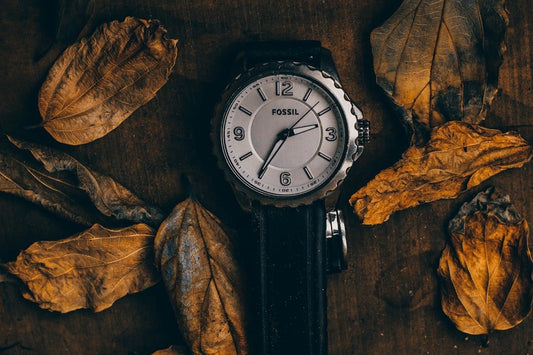
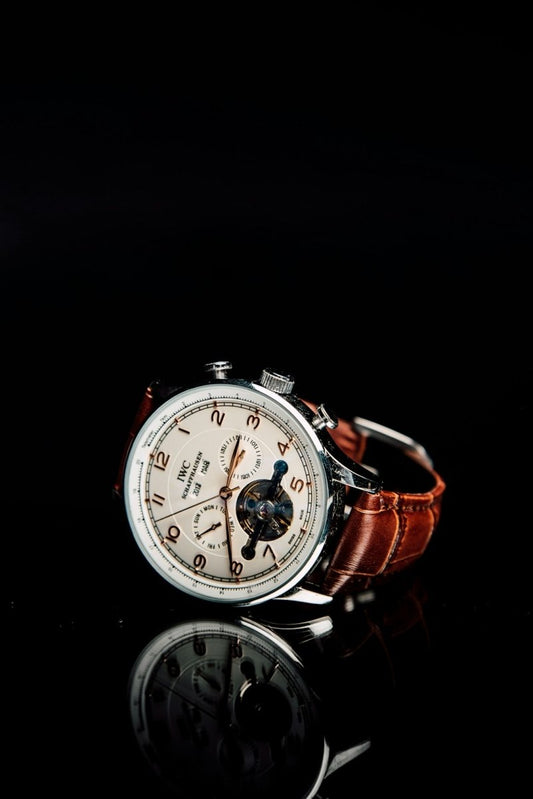
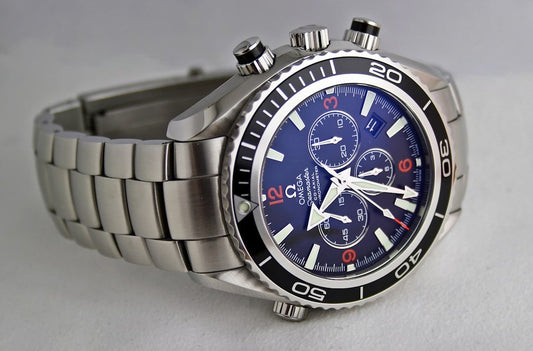
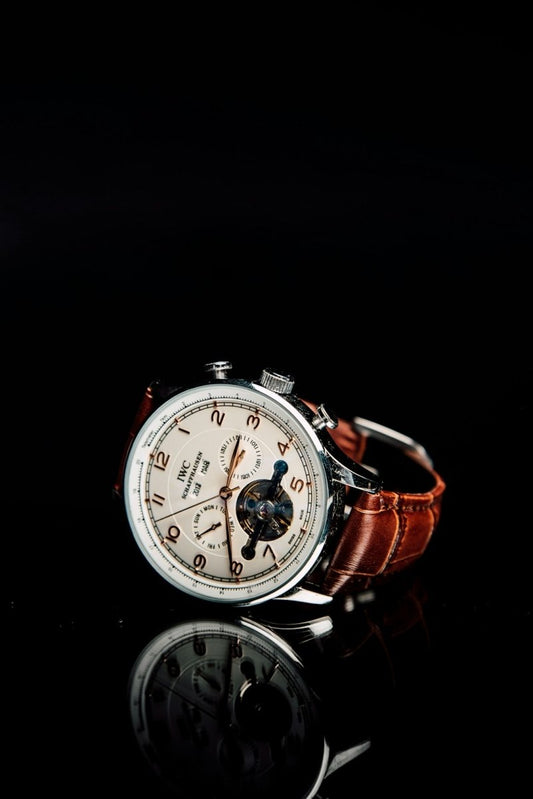

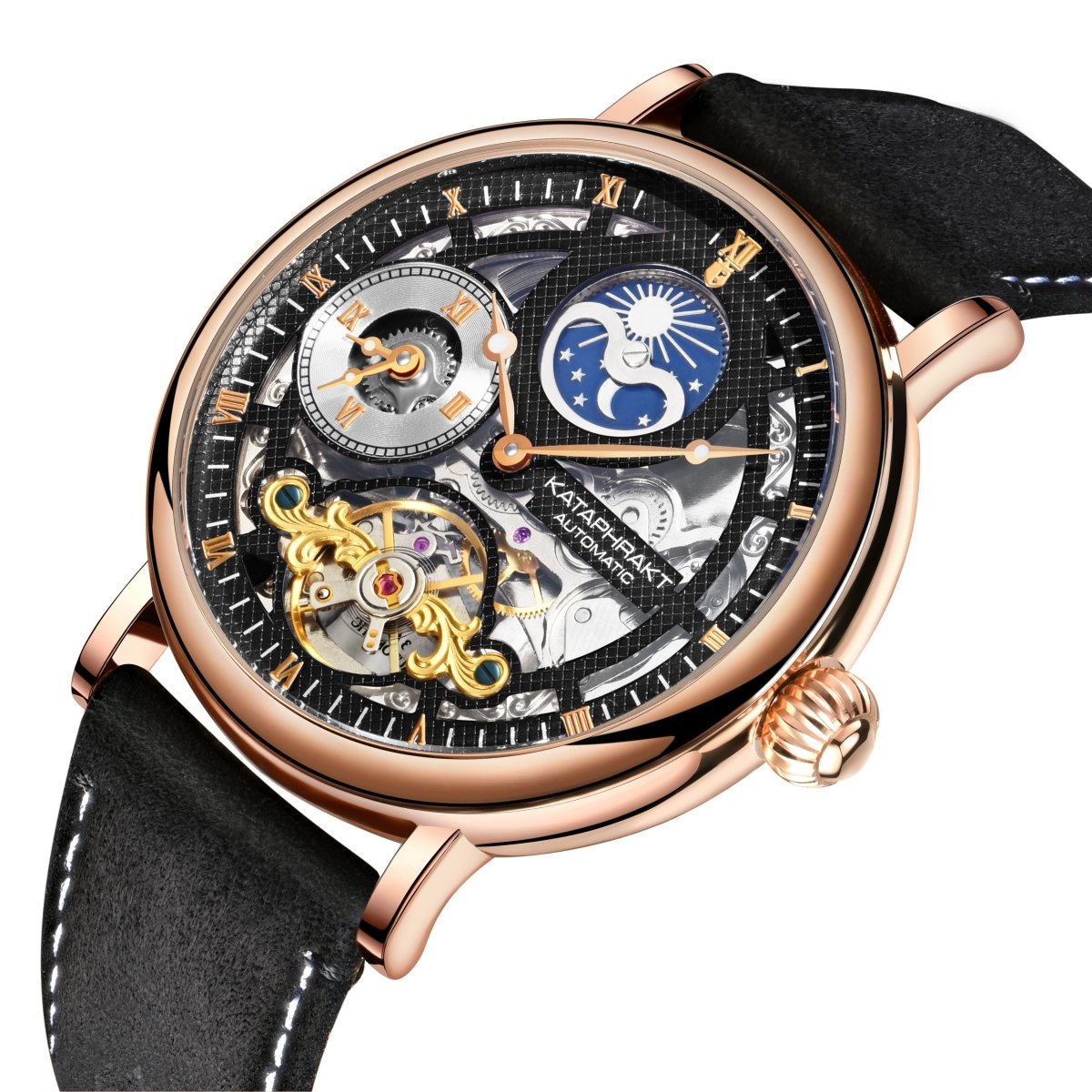
0 comments